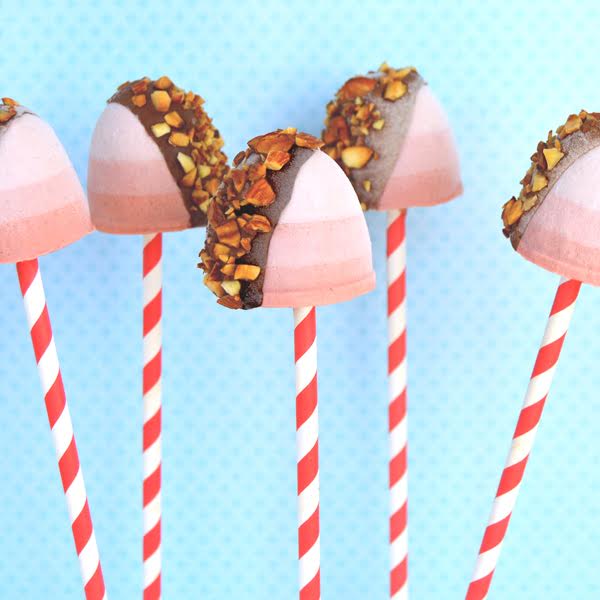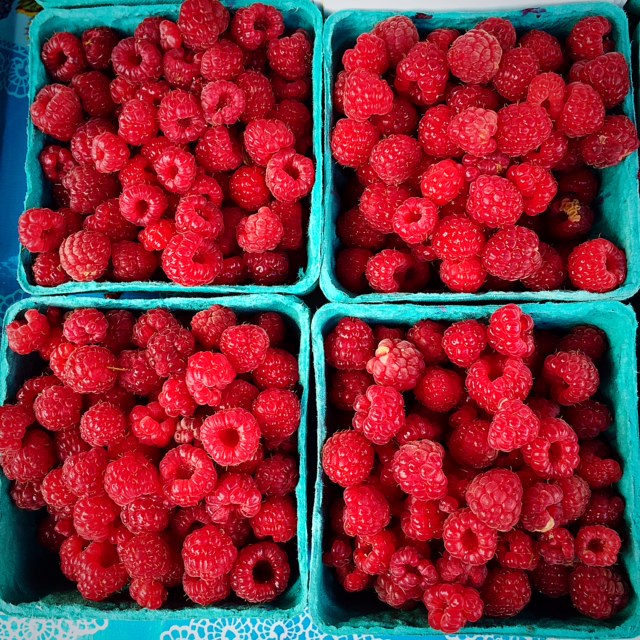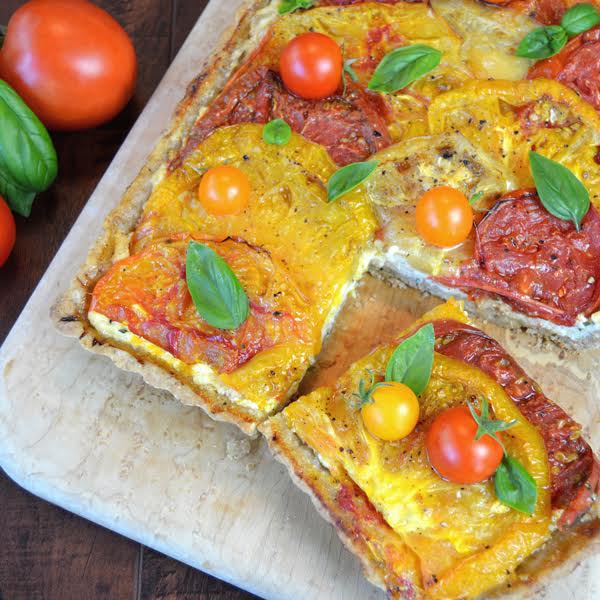Learn About Vegan / Vegetarian Baking
Copyright © 2000 Sarah Phillips CraftyBaking.com All rights reserved.
“Wait, This is Vegan / Vegetarian?!”
“Some people envision vegans as hippies. Others enjoy mocking both our cause and our diet. Many just think we subsist on lettuce and carrots alone. Veganism is not a scary and difficult concept, despite popular belief. In fact, many see compassion as the central aspect of veganism. For most vegans, all animals, not just “pet” animals (cats, dogs, etc.) are regarded as feeling, intelligent beings worthy of life. Some people go vegan because of health benefits- one study (“Red meat triggers toxic immune reaction which causes cancer, scientists find,” Telegraph, Dec 29, 2014, web July 20, 2015, 10am) by scientists at the University of California believes that red meat and cancer are undoubtedly linked. Yet others simply don’t like the taste or texture of meat, cheese or other animal byproducts. There are obviously many more reasons people turn to a vegan diet, but I feel that these two are the most common types I’ve encountered”:
- Vegan: The ingredient contains no animal-derived products or byproducts whatsoever. Its processing occurs solely with or by non-animal substances.
- Vegetarian: The ingredient contains no meat, poultry, fish, or seafood, nor any products derived from them or any other part of an animal’s (including insect’s) body. The ingredient was not processed using animal-derived substances (such as bone char). Eggs and dairy, and substances derived from them, are vegetarian. Insect secretions, (such as honey), are vegetarian.
(definitions by Vegetarian Resource Group Organization)
Vegan / Vegetarian Baking Ingredients
Vegan / Vegetarian Mixing Techniques
Tips and Tricks to Substituting Ingredients
Vegan / Vegetarian Recipes
SOME VEGAN BAKING EXAMPLES
 Vegan Frozen Strawberry Ombré Cheesecake Pops
Vegan Frozen Strawberry Ombré Cheesecake Pops
Cheesecake without cheese? Yep, it can be done! Cashews, once soaked and combined with coconut milk, can create a wonderful, creamy texture similar to this New York favorite. Simply put the cashews in water and pop them in your fridge before you head off to work. When you get home, the soaked cashews, once mixed with the cold coconut milk, will be able to easily break apart in a blender. This delicious recipe can be adjusted to any type of fruit (including blueberries, yum!). While the freezing aspect can be time consuming, the result is well worth the wait. And your lactose intolerant, gluten-free, and vegan friends will thank you!
Healthy Oven Apple-Berry Crisp with Maple Crunch
Applesauce takes on the roll of egg replacer in this easy and delicious seasonal recipe! If you find yourself with an over-abundance of berries, this dish can solve that problem for you. The fruit and oats provide important fiber to your diet, but the sweetness of the maple syrup will make you forget that this is actually a vegan recipe! What Sarah recommends? Saving some for the next day, and serving it that morning. Top with coconut yogurt, and you have an instant vegan breakfast!
 Fresh Raspberry Sorbet Simple and refreshing, this tasty treat is a perfect way to beat the grueling summer heat. Raspberries are in peak season throughout the Northeast in the summer, so take advantage of the prime flavors to achieve the most delicious results. If you have access to a farmer’s market, I suggest you check out the other varieties of raspberries. Golden and black can be found alongside the traditional red. Surprise your friends with a deep purple-red black raspberry sorbet! This easy recipe can be adjusted to strawberries, pineapple, and other kinds of fruit. So sweet, no one will know (or mind) that it’s completely vegan! Going vegan does not mean depriving yourself. If it did, I wouldn’t be one. These kind desserts will show both you and your friends that living a life without meat isn’t too bad. In fact, it can be pretty sweet.
Fresh Raspberry Sorbet Simple and refreshing, this tasty treat is a perfect way to beat the grueling summer heat. Raspberries are in peak season throughout the Northeast in the summer, so take advantage of the prime flavors to achieve the most delicious results. If you have access to a farmer’s market, I suggest you check out the other varieties of raspberries. Golden and black can be found alongside the traditional red. Surprise your friends with a deep purple-red black raspberry sorbet! This easy recipe can be adjusted to strawberries, pineapple, and other kinds of fruit. So sweet, no one will know (or mind) that it’s completely vegan! Going vegan does not mean depriving yourself. If it did, I wouldn’t be one. These kind desserts will show both you and your friends that living a life without meat isn’t too bad. In fact, it can be pretty sweet.
SOME VEGETARIAN BAKING EXAMPLES
 Heirloom Tomato Tart Made with a Vegan Whole Wheat Olive Oil Tart Crust, this summer fresh meal pairs well with a garden salad for a soul-satisfying and tasty repast. It is baked with a creamy mix of ricotta, goat’s, mozzarella, and Parmesan cheese with one egg for the filling, and layered with just picked colorful heirloom’s. If you don’t have access to heirloom tomatoes, please use garden-ripe tomatoes for best flavor. Make sure you never store fresh tomatoes in the refrigerator for best results.
Heirloom Tomato Tart Made with a Vegan Whole Wheat Olive Oil Tart Crust, this summer fresh meal pairs well with a garden salad for a soul-satisfying and tasty repast. It is baked with a creamy mix of ricotta, goat’s, mozzarella, and Parmesan cheese with one egg for the filling, and layered with just picked colorful heirloom’s. If you don’t have access to heirloom tomatoes, please use garden-ripe tomatoes for best flavor. Make sure you never store fresh tomatoes in the refrigerator for best results.
1 2 3 4 Lactose-Free and Kosher Buttermilk Cake The recipe’s basic 1 2 3 4 main ingredients have been added to and I have modified its mixing methods to use what is called the Two-Step Mixing Method, to bring you a tender and moist yellow cake! I have substituted soy milk and vegan buttery sticks for the milk and butter, but there are eggs in the recipe.


